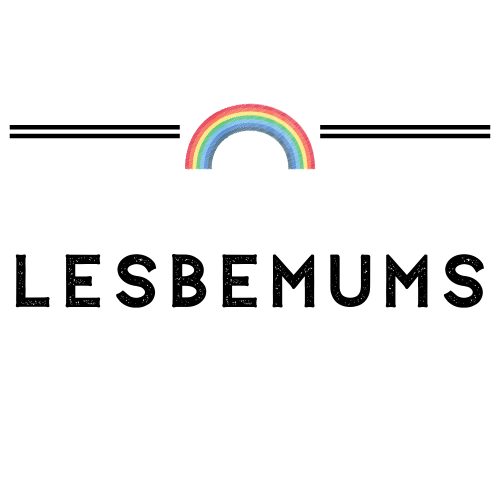When I was in school, the first introduction to coding was via a computer programme where a you would create a string of commands – such as Right 100, Forward 2, Left 210, and so on – where a little turtle (I think it might have even been called Turtle!) would then follow those commands to make a shape. It was very basic and, quite frankly, dull and if you missed one step – which would have no doubt taken you hours to write – your diagram would be completely ruined!
Nowadays, it’s no longer like that. Instead, there are a range of STEM activities to teach children the basics of coding without them realising that they’re learning how to code!

Last week, we were introduced to our first ever coding activity – the OKIDO Which Way? Game – an exciting game where you’re invited to create different “tracks” for your car, simulating the art of coding.
OKIDO Which Way? Game
We first found out about OKIDO on CBeebies (although they actually started off as an Arts & Science Magazine!), where the character Messy visits the land of OKIDO to learn about a new topic or theme – from learning about Gravity to what makes a rainbow. It’s based around STEM learning and details it in a bright and colourful way with the help of other characters and stories.
The OKIDO Which Way? Game follows this theme by including characters from the popular television and magazine series.

The idea of the game is to teach children – aimed between ages 4 and 8 (although I’ve seen older children have fun playing with this) – the main concept and principles of coding by placing magnetic tiles on a board to create a “track”. The aim? To get your little magnetic OKIDO-Doodle car from the starting point to the finish.
There are two ways to play, you can either do it freestyle – so choose where you want to start and finish and go from there – but if you’re anything like T, you’ll want to make a big track and eventually run out of tiles, so we suggest following the main rules of the game!

To start, spin your wheel to decide where you’re going to be travelling from and to. Each route is measured on three levels of difficulty and invites you to travel to different locations each time. All you have to do is work out which tiles will get you there – or more so, your car! Get the track (aka code) right, and your car will travel smoothly from start to finish.
Define the Mission, Plan the Route, Code the Program, Test the Route.
What’s in the Box & Set up
The box itself is sturdy and comes with a useful handle for transport. Once inside, you will find:
- One large, magnetic board which is made from a soft bendy material.
- 16 Magnetic Tiles.
- A Magnetic OKI-Doodle Car which comes with batteries already inside.
- Cardboard “Mission” Wheel.
- Screwdriver & Four Spare Batteries (keep out of reach of little hands!).
- Instructions & Mini Missions.
The only criticism at this point was that the board. Thanks to it’s bendy material, it came with a deep bend in the middle, which took a few days to get out and sometimes disturbed the car from travelling, but once we bent it back into shape everything ran and stuck on that bit more smoothly.



Play & Value for Money?
You don’t really need much prep to get the game started, simply spin the wheel and plan your route. Unlike me, T got stuck in and started experimenting with tiles immediately – often learning the hard way when certain tiles weren’t the right ones, as the car would then go off the track, but after slowing things down he was able to think and plan ahead.
The OKI-Doodle car is surprisingly light and the wheels run on two tank-style tracks. There’s a small magnet inside the car which keeps the car on correct tile and follows the designated route. Due to the board having a slight bend, the track would often come off it’s wheels and go off-piste. This got frustrating after a while, especially on sharp bends and turns, but after a while the car seemed to sort itself out. If the track does come off though, it’s easy to put back on.



Although the aim of the game is very simple. Thanks to the different route opportunities available, your children are invited to really test their coding skills. If there was a chance to purchase more pieces I think I would buy more just so that T could create his own routes, as opposed to sticking to certain ready-made routes.
Other than the issues we faced with the car, we really enjoyed the game. It can be played by up to four players and offers players the chance to experiment and think ahead – something T isn’t often very good at! Priced at £30 from the OKIDO Shop I do think it’s good value for money. Apart from the car, the rest of the equipment is good quality. The instructions also come with extra puzzles and a score card to make the game last longer.
We’re really pleased with our first introduction to coding!

We were sent the OKIDO Which Way? Game in exchange for an honest review, however all thoughts, opinions, and imagery are our own.

